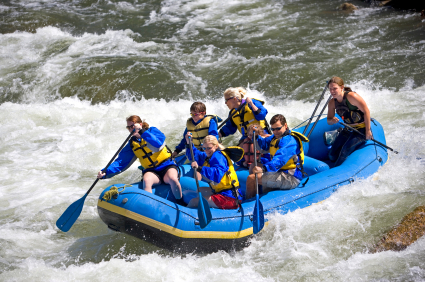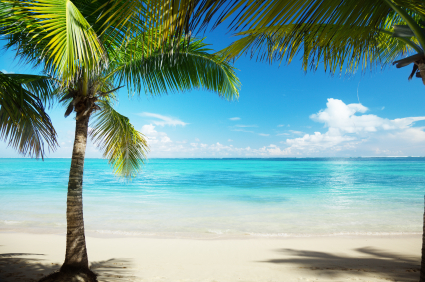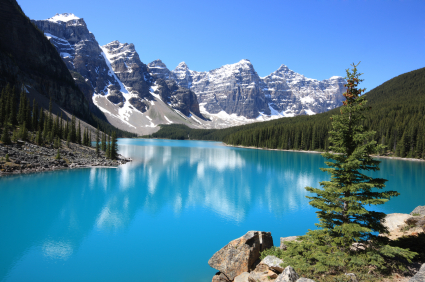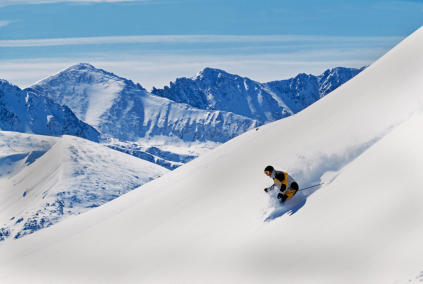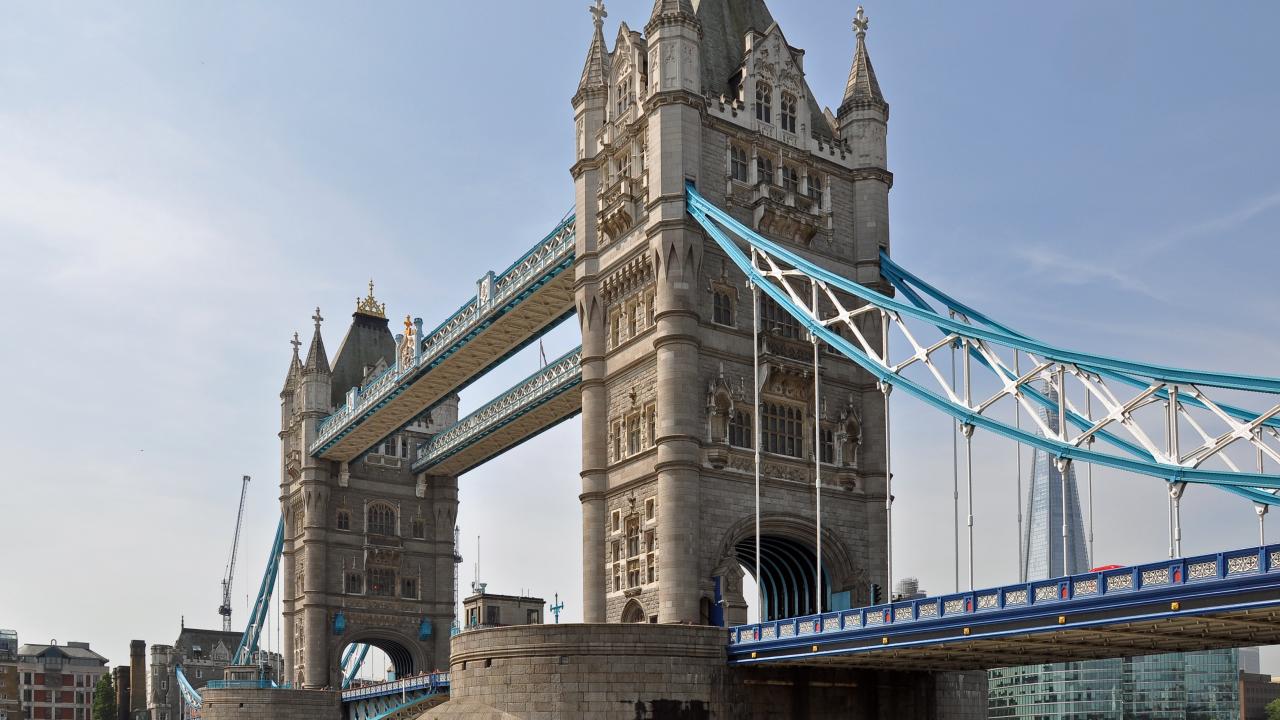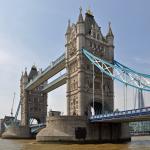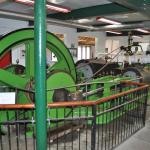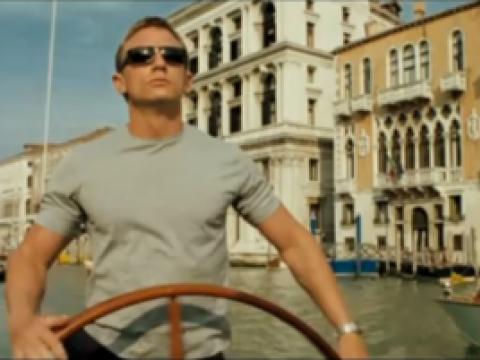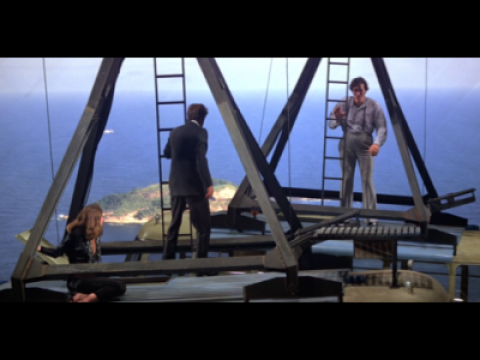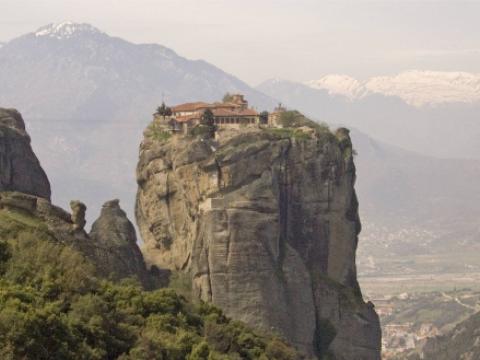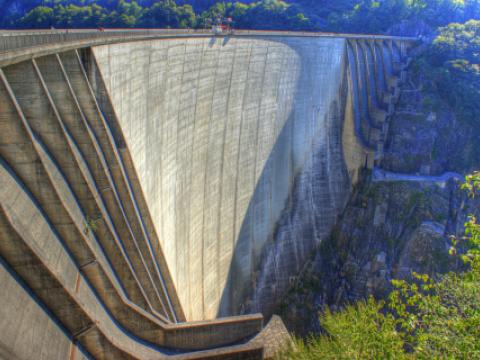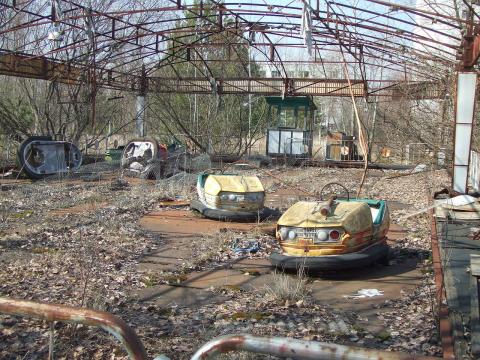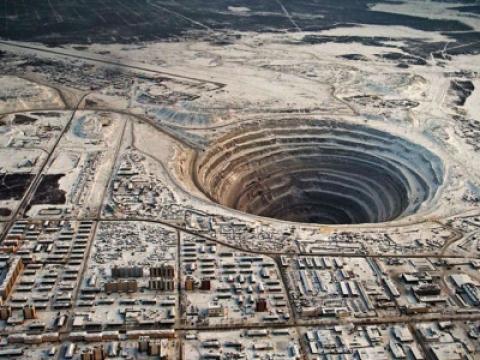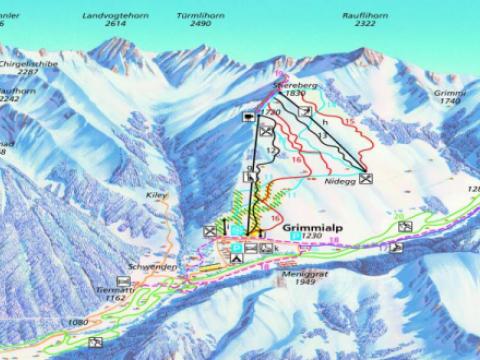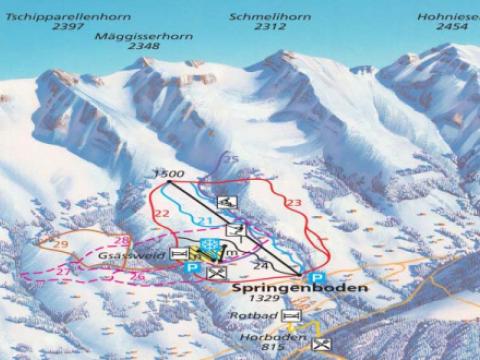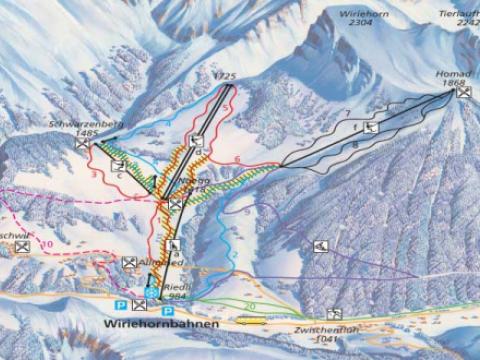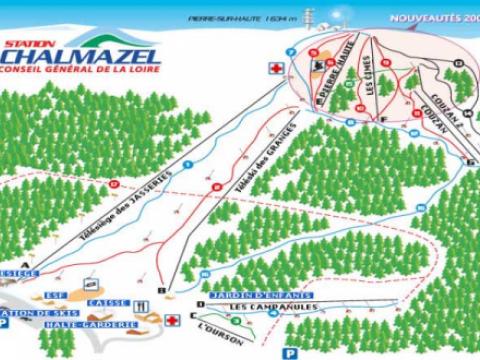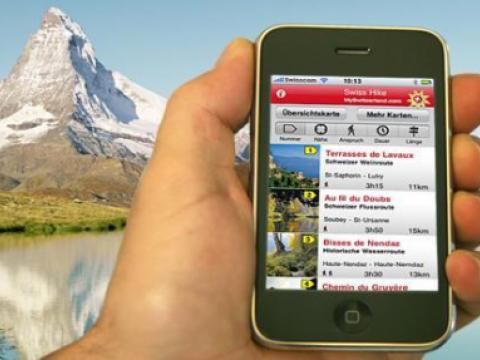Location
In 1894 when the elegant Tower Bridge was built, London was a thriving port. Designed to be raised to allow ships to pass, it was originally powered by steam and enormous hydraulic engines. When it was built, Tower Bridge was the largest and most sophisticated bascule bridge ever completed. The energy created was stored in six massive accumulators, as soon as power was required to lift the Bridge, it was always readily available. Today electricity has taken over the steam engines.
A lift leads up from the northern tower to the Tower Bridge Exhibition, where the story of its building is recounted within the upper walkway. You then walk down to the fascinating Victorian Engine Rooms, which powered the bridge lifts.
A new 11m-long glass walkway also allows you to look down into the waters 42m below, and if you're lucky, to view the bridge being raised. The bridge is still lifted around 1000 times per year to allow large vessels to pass; consult the Tower Bridge Exhibition website for times to watch this in action.
Nearest tube station: Tower Hill.
Buses: 15, 42, 78, 100, and RV1.
Riverboat: From Charing Cross, Westminster or Greenwich to Tower Pier.
Free.
Tickets for the Tower Bridge Exhibition:
Adults: £ 8.00
Children (aged 5 – 15): £ 3.40
Students (with identification): £ 5.60
Seniors (aged 60 +): £ 5.60
Summer Opening Hours: April - September 10:00 - 18:00 (last admission 17:30)
Winter Opening Hours: October - March 09:30 - 17:30 (last admission 17:00)
Tower Bridge Exhibition is closed 24 - 26 December and open from 10.00 on the 1st January.

